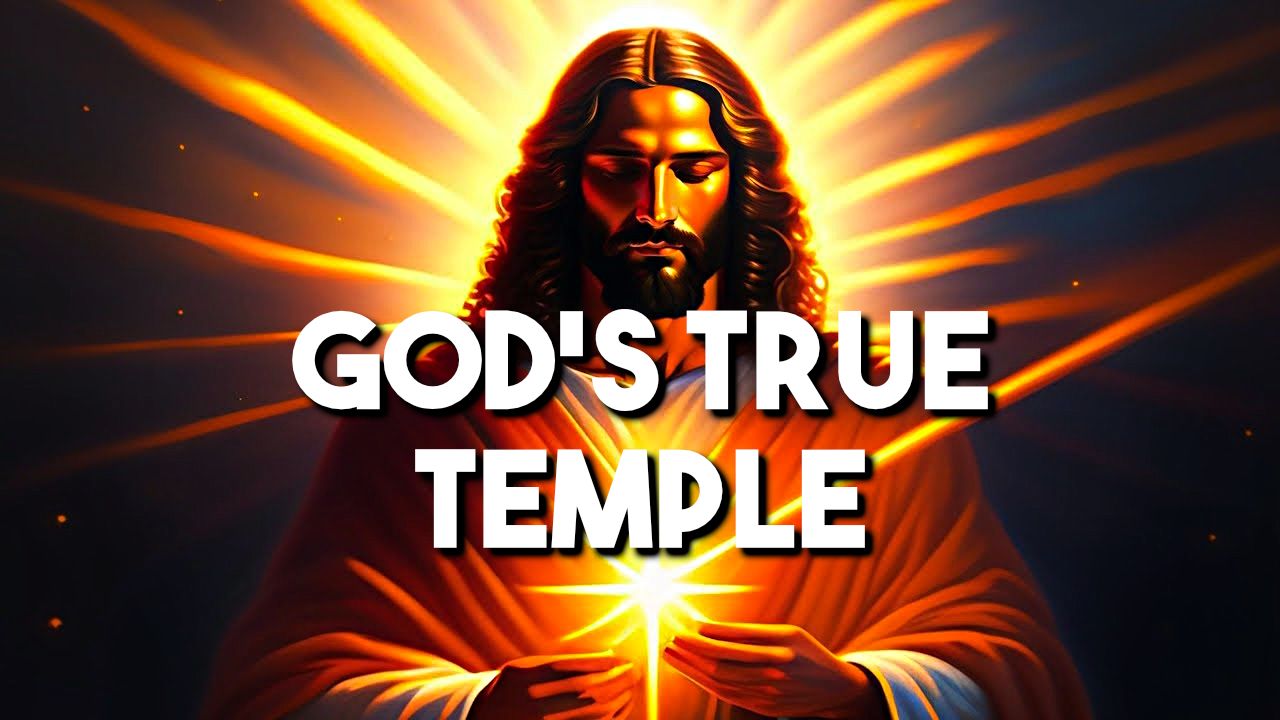This is the second post in our series exploring the practical reality of the sanctuary message and Christ as the Spirit.
When Jesus shared the Last Supper with His disciples, He did something profoundly significant:
"Likewise He also took the cup after supper, saying, 'This cup is the new covenant in My blood, which is shed for you.'" (Luke 22:20)
This moment parallels Moses sprinkling the people with "the blood of the covenant" at Mount Sinai. But there's a critical difference: Moses applied the blood externally, while Jesus gave His disciples the cup to drink—symbolizing an internal reception of His life.
The New Testament in His Blood
Where is the New Testament, according to Jesus? Not primarily in the books we call the New Testament, but "in My blood"—in His life. Jesus is telling us that the New Covenant isn't fundamentally a written document but a Person and His life.
The written New Testament tells us about this reality, but the covenant itself is in Christ. This shifts our understanding from documents to relationship, from external religion to internal transformation.
Emmanuel: God With Us
In the Old Testament, God dwelt with His people through a physical sanctuary. In the New Testament, God provided a living means of dwelling with humanity:
"Behold, a virgin shall be with child, and bear a Son, and they shall call His name Immanuel, which is translated, 'God with us.'" (Matthew 1:23)
Jesus Christ fulfills what the sanctuary represented. The physical building was where God dwelt with His people in the Old Testament. Now, Christ Himself is "God with us"—the means by which God dwells with humanity.
Jesus confirmed this when He said:
"Do you not believe that I am in the Father, and the Father in Me? The words that I speak to you I do not speak on My own authority; but the Father who dwells in Me does the works." (John 14:10)
The Father dwelt in Christ, making Jesus the true sanctuary—the living means by which God dwells with humanity.
Beyond Buildings Made by Human Hands
In his final sermon, Stephen made a statement that infuriated the Jewish leaders:
"However, the Most High does not dwell in temples made with hands, as the prophet says: 'Heaven is My throne, and earth is My footstool. What house will you build for Me? says the LORD, or what is the place of My rest?'" (Acts 7:48-49)
This seemed to contradict God's instruction to build a sanctuary. But Stephen understood that the physical temple was never the ultimate reality—it was always pointing to something greater. God is not confined to buildings made by human hands; His true dwelling place is His Son and, through Him, His people.
Only God Himself could provide a suitable dwelling place for His presence. That's why Scripture speaks of Christ: "a body You have prepared for Me" (Hebrews 10:5).
Christ: The Covenant Personified
Not only is Christ the fulfillment of the sanctuary, but He is also the covenant itself:
"I, the LORD, have called You in righteousness, and will hold Your hand; I will keep You and give You as a covenant to the people, as a light to the Gentiles, to open blind eyes, to bring out prisoners from the prison, those who sit in darkness from the prison house." (Isaiah 42:6-7)
This Messianic prophecy reveals that Christ Himself would be given "as a covenant to the people." The New Covenant isn't merely an agreement or promise; it's a Person—Jesus Christ.
A Sobering Parallel
Tragically, the Jews killed the living Temple—the Son of God—to maintain their temple of stone. They rejected the reality to preserve the shadow. This serves as a warning for us today. We too can become so fixated on the forms and structures of religion that we miss the living Christ who fulfills them.
In our next post, we'll explore Christ as the life-giving Spirit—how He was not only made flesh to dwell among us but also made a life-giving Spirit to dwell within us.
